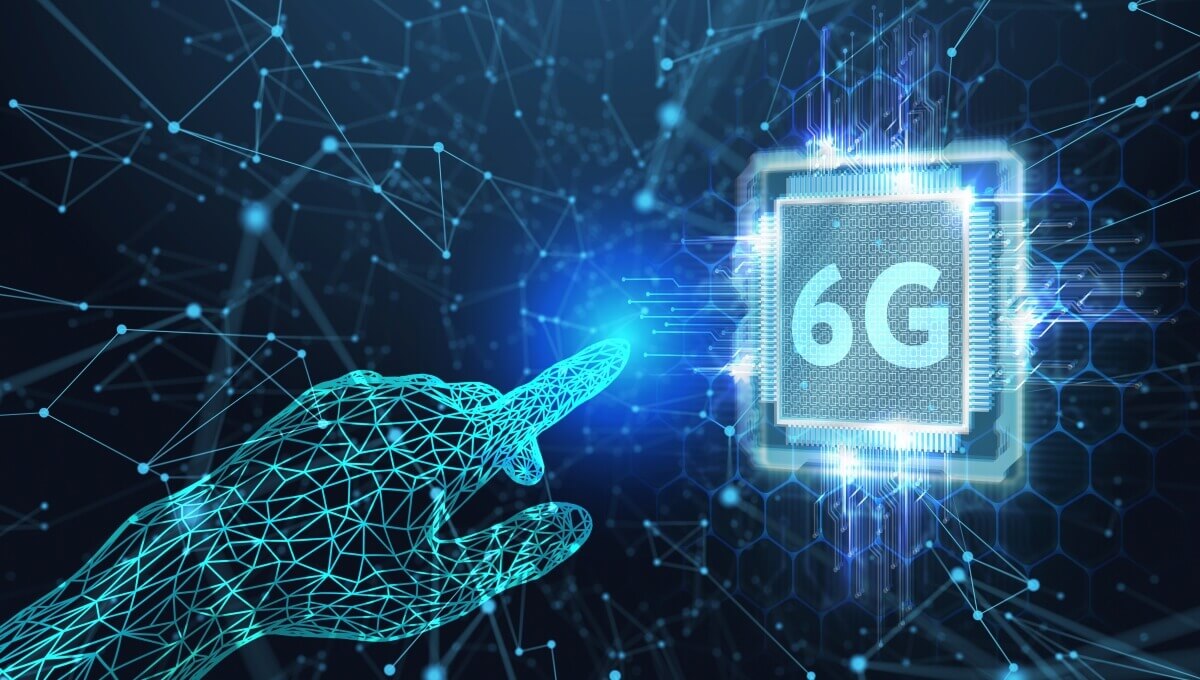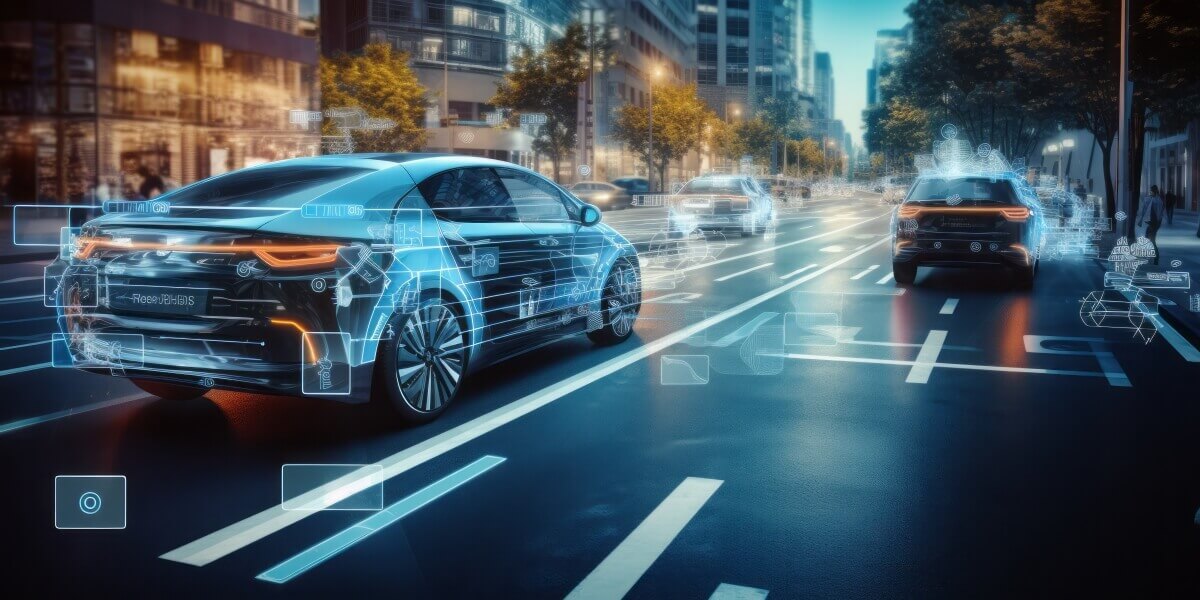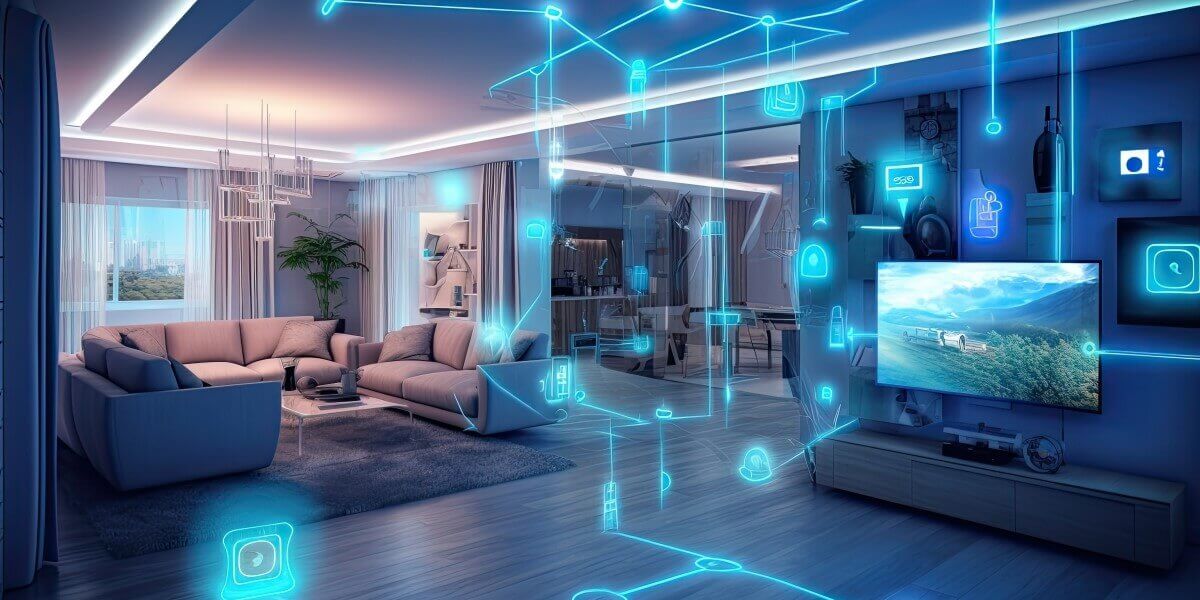Table of Contents
Are you happy with your Internet service?

About the author
Rosslyn Elliott
Watch our provider review videos
Video ReviewsWhich speed do I need?
Tell us what you use Internet for
How many users?
What is 6G Technology?: Amazing Visions of the Near-Future World
Browsing the internet on our phones now seems like light years away from what we did twenty years ago.
Back then, we were excited to have slow, spotty 3G connectivity. Now, 5G offers lightning-fast speeds with low latency.
6G promises to make our digital experience even better. But that’s not all! The power of 6G could transform many aspects of our lives from medicine to transportation and more.
Get a preview here of the mind-blowing innovations that are coming to our daily lives when 6G internet arrives.
The Rise of 3G
In the early 2000s, 3G released us from the limitations of 2G. For the first time, we could browse the internet and stream music on our phones. But speeds were still pretty slow, usually between 200 kilobits per second (Kbps) and a few megabits per second (Mbps). Latency was high too, which led to lag and buffering.
Still, 3G opened the door for many of the mobile apps and services we enjoy today.
4G LTE and the Mobile Revolution
When 4G LTE launched in the 2010s, it triggered a huge jump in performance.
4G download speeds often reach 20-50 Mbps. Max speeds can be over 100 Mbps. Latency also dropped significantly compared to 3G.
With this boost in speed and responsiveness, streaming HD video and video calls became practical on our smartphones. Mobile gaming and other data-heavy apps worked too.
4G supported innovations like ride sharing, food delivery, and the gig economy. App stores from iOS and Android exploded with new offerings.
Much of our modern mobile-first lifestyle started in the 4G era.
5G: Improved Speed and Responsiveness
5G built on 4G LTE to make speeds much faster. Average download speeds on 5G are currently 100-400 Mbps. Max theoretical speeds can reach up to 10 Gbps. That is 10 billion bits per second! Latency usually comes in at just 1-10 milliseconds. This combination of faster speeds and ultra-low latency creates more ease of use and supports even more new apps.

What Amazing Things Will 6G Make Possible?
6G technology will launch around 2030, according to telecom executives. Each wireless generation brings around a 10x jump in performance, so 6G should take us way beyond our current capabilities.
Experts think 6G download speeds will consistently reach 1-10 Gbps. Latency will be below 1 millisecond.
6G Futuristic Use Cases
6G will build on 5G, but connectivity will be even better. Here are some examples of how 6G may change various sectors in the next decade:
Faster, Higher Quality Video Streaming
6G’s extreme data speeds and bandwidth will allow streaming of incredibly high-resolution 8K, 12K or even 3D holographic visuals smoothly to phones and AR/VR headsets. Buffering delays will become a thing of the past.
Holograms are 3D images formed with laser light that appear to float in space. Holographic displays can project lifelike 3D visuals that you can view without special glasses. But streaming holographic video needs massive amounts of data bandwidth beyond what today’s networks can handle.
With 6G’s gigabit speeds and huge bandwidth, hologram calling and conferencing could become practical.
You could stream a live hologram concert or sporting event directly to your augmented reality glasses!
Hyper-realistic 3D visuals and holographic shared virtual spaces will become possible thanks to 6G’s performance.

Virtual reality
Transformative VR and AR Experiences
Virtual reality (VR) usually means computer-generated 3D environments that you experience through a headset. VR aims to make you feel like you’re inside a different reality.
Augmented reality (AR) overlays digital information and images onto the real environment using a screen or specialized glasses. Popular AR apps today include Snapchat filters and Pokemon Go.
Today’s AR and VR are held back by bandwidth constraints and latency issues. Experiences can be choppy and disjointed.
With 6G’s massive improvements in speed, bandwidth and responsiveness, VR will become extremely lifelike and high-fidelity.
Augmented reality overlays will also respond instantly without lag as we move through the real world. 6G has the potential to enable multiplayer cross-device virtual worlds blended seamlessly with physical reality via AR.
True ambient computing and the “metaverse" concept could become realities thanks to 6G’s capabilities.

Remote surgery
Remote Precision Medicine and Surgery
With 6G’s ultra reliable low latency communications, doctors will be able to perform remote diagnosis and surgery from many miles away.
For example, a specialist surgeon in a major city hospital could oversee a complex procedure in a rural town using an internet-connected robotic surgical system.
The surgeon would see real-time 4K or holographic video feeds from the remote operating room and precisely control robotic instruments to complete the surgery. The sub-millisecond latency of 6G networks would allow instant feedback with no lag. Vital signs and other patient data streams would also transfer seamlessly to the remote surgeon.
Remote medicine could significantly improve access to high-quality healthcare for communities outside major hospitals.
Specialist expertise could be delivered on-demand to any connected hospital or clinic.
Other telemedicine applications enhanced by 6G could include rapid analysis of medical images by AI, virtual in-home examinations, and drones that deliver medical supplies ultra-fast.
The ultra-low latency and reliability of 6G will help unlock precision remote medicine for everyone, if governments can figure out how to control costs.

Safer self-driving cars
Safer Autonomous Vehicles
Self-driving cars rely on fast connectivity, which 6G will provide. This would allow advanced functions like intersection coordination and crowd tracking for autonomous vehicle fleets.
Driverless cars will be able to navigate safely at high speeds, reacting faster than humanly possible thanks to 6G’s low latency vehicle-to-vehicle links.
Hyper-Connected Smart Infrastructure
Cities will install millions of 6G connected sensors across buildings, roads, grids, pipes and more.
These sensors will support intelligent management of traffic, water, electricity, and other systems.
Energy and resources can be distributed in real-time based on actual demand, greatly improving sustainability and efficiency.
Next-Level Smart Homes and Businesses
The 6G era may see homes and businesses with thousands of internet-connected devices and sensors to automate tasks, enhance security, save energy and more.
Home appliances will be able to intelligently optimize themselves using 6G’s massive data capacity. Networked home robots may be able to respond with speed and intelligence to serve you meals and prepare anything you need to face the day.

Smart homes with robotics
Highly Flexible Smart Factories
In manufacturing, 6G will allow production lines to reconfigure themselves through AI. Factories can use autonomous robotics, augmented reality guidance, and real-time connectivity. Assembly lines will be able to self-adjust within seconds based on supply chain data.
More Personalized, Immersive Digital Learning
Education will be transformed by highly customized, always-available AI tutors and experiential virtual learning worlds. These advances will be supported by 6G’s combination of speed, reliability, and bandwidth.
Students can collaborate virtually for hands-on learning in realistic simulated environments that are not possible in the physical classroom. Instead of reading about ancient Egypt, they can go there for an archaeological dig!

Customized education
When Can We Expect 6G?
Like past cellular generations, the 6G rollout will take about a decade. 6G is projected to start around 2030. Its full impact may not come until 2035 or 2040. The 6G era will likely last 20-30 years, eventually replaced by 7G in the 2050s and beyond.
While details are uncertain, 6G has the potential to profoundly change many sectors over the next few decades – from medicine to manufacturing.
We will finally see many innovations that we have previously thought were only possible in science fiction. It’s an exciting time to be digital!
Fast Internet Options Before 6G Arrives
Before 6G gets here, your best bet for fast internet will be fiber. Check out the best fiber providers in the nation.
Not sure if fiber is available in your area? Enter your zip code here to get a detailed list of plans and prices available for you.

About the author
